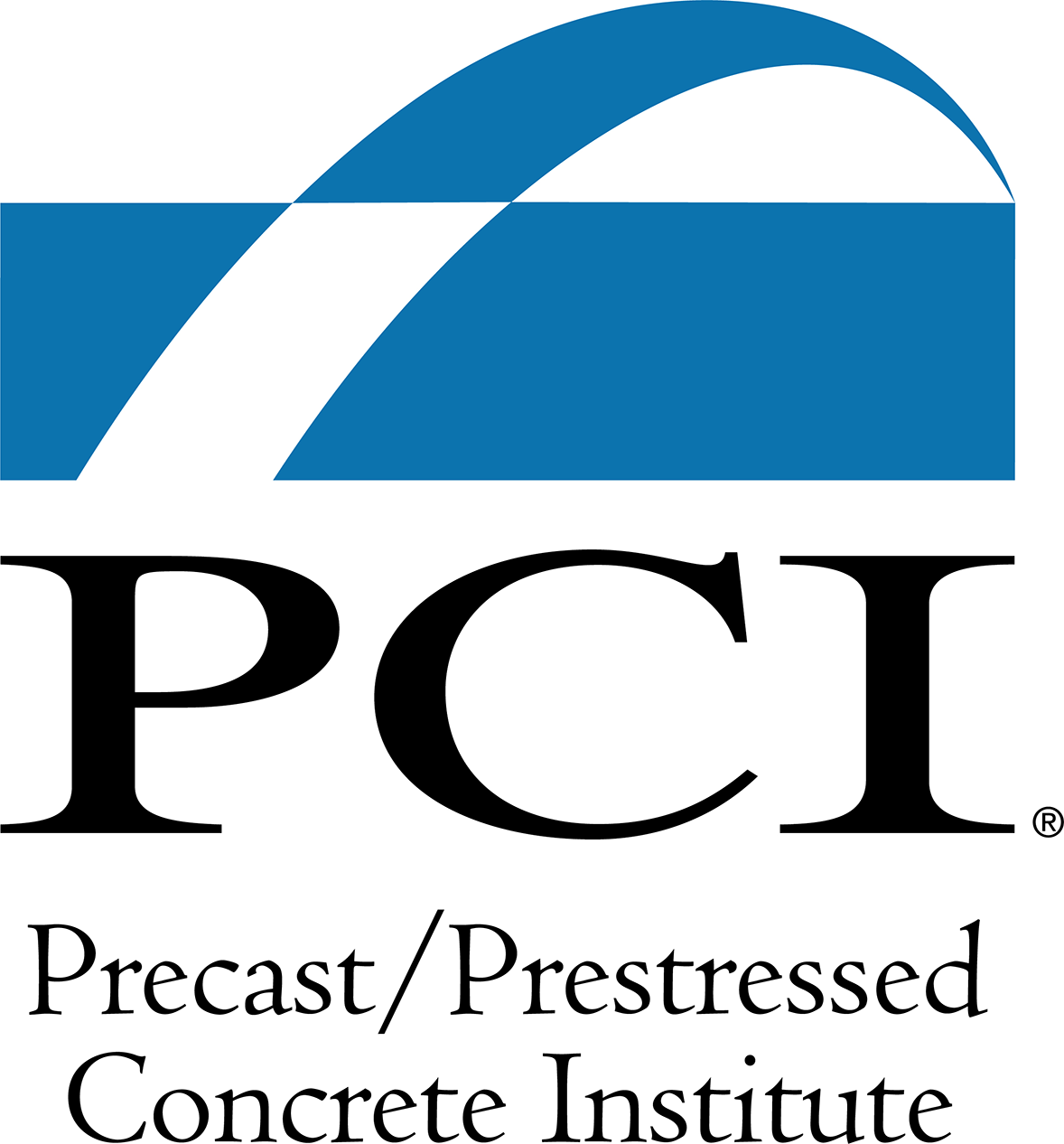Climate Adaptation, Mitigation, and the Role of Building Codes
Hazard events are increasing in frequency, intensity and impact. At the same time, the impact of buildings on the environment and society is gaining increased attention. Building codes sit at the intersection of solutions to address both challenges, providing a foundation for broader community resilience initiatives. While the focus areas of resiliency to hazard events and mitigating climate change impacts may appear disconnected, they are in fact inter-related and building codes serve as an important tool in addressing these dual challenges.





